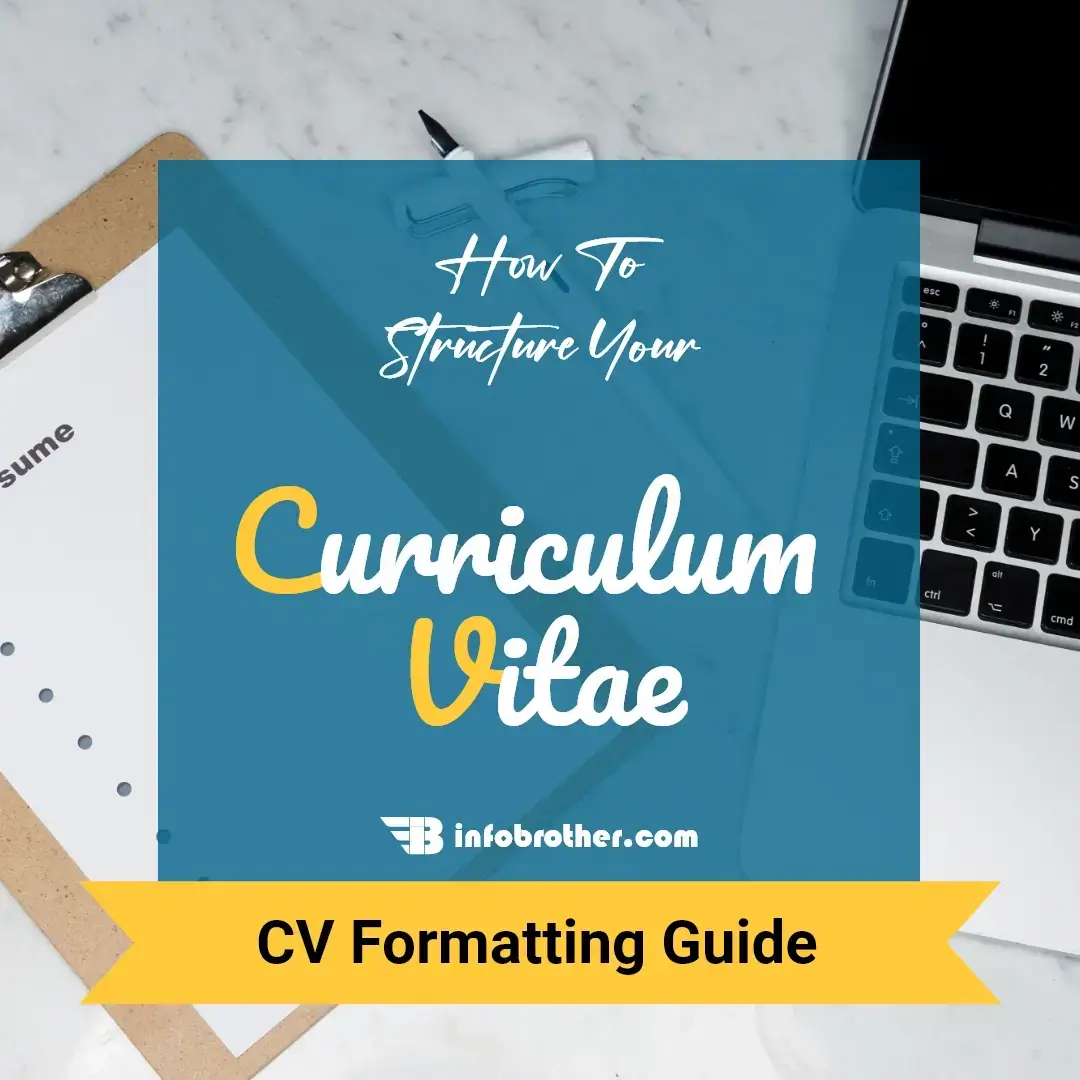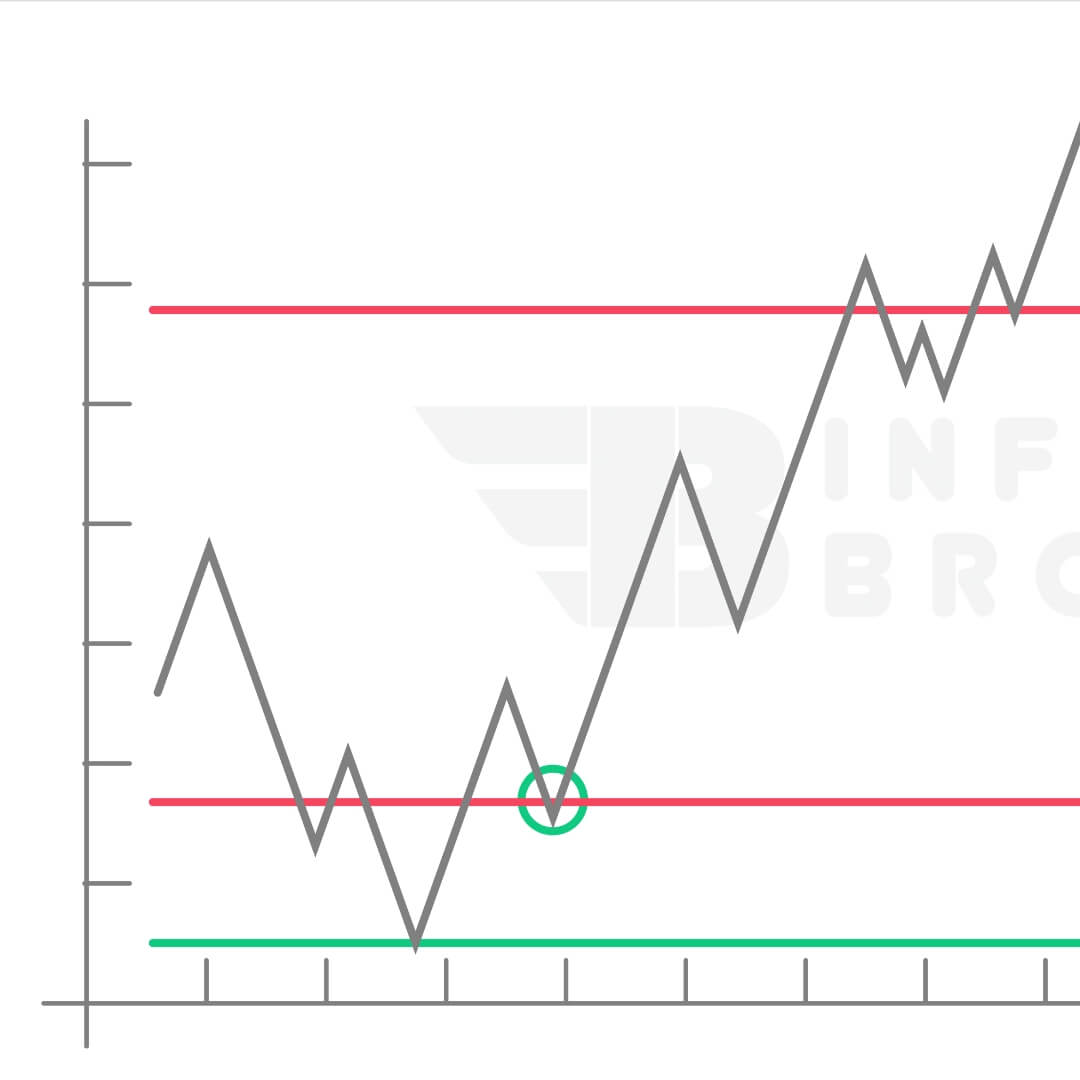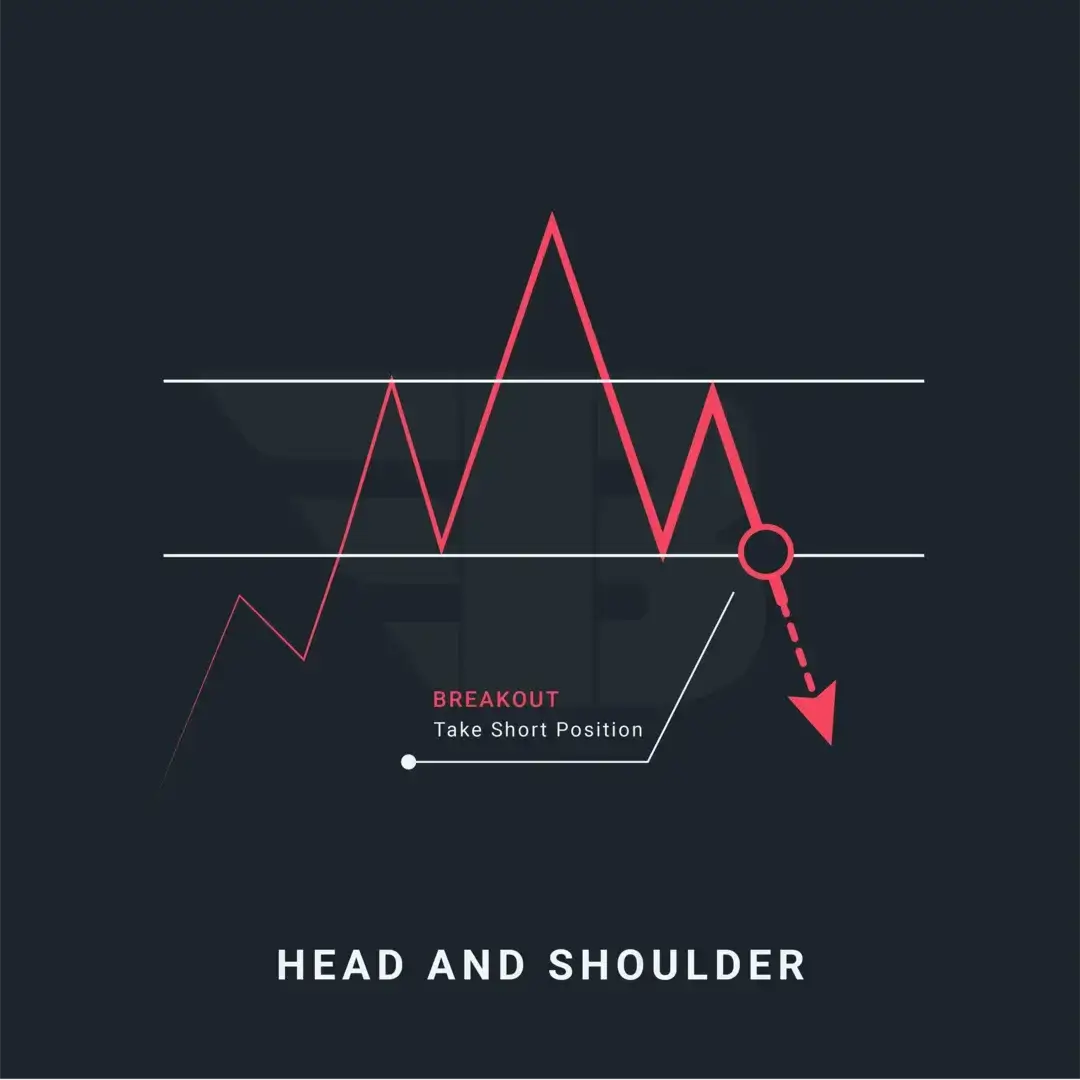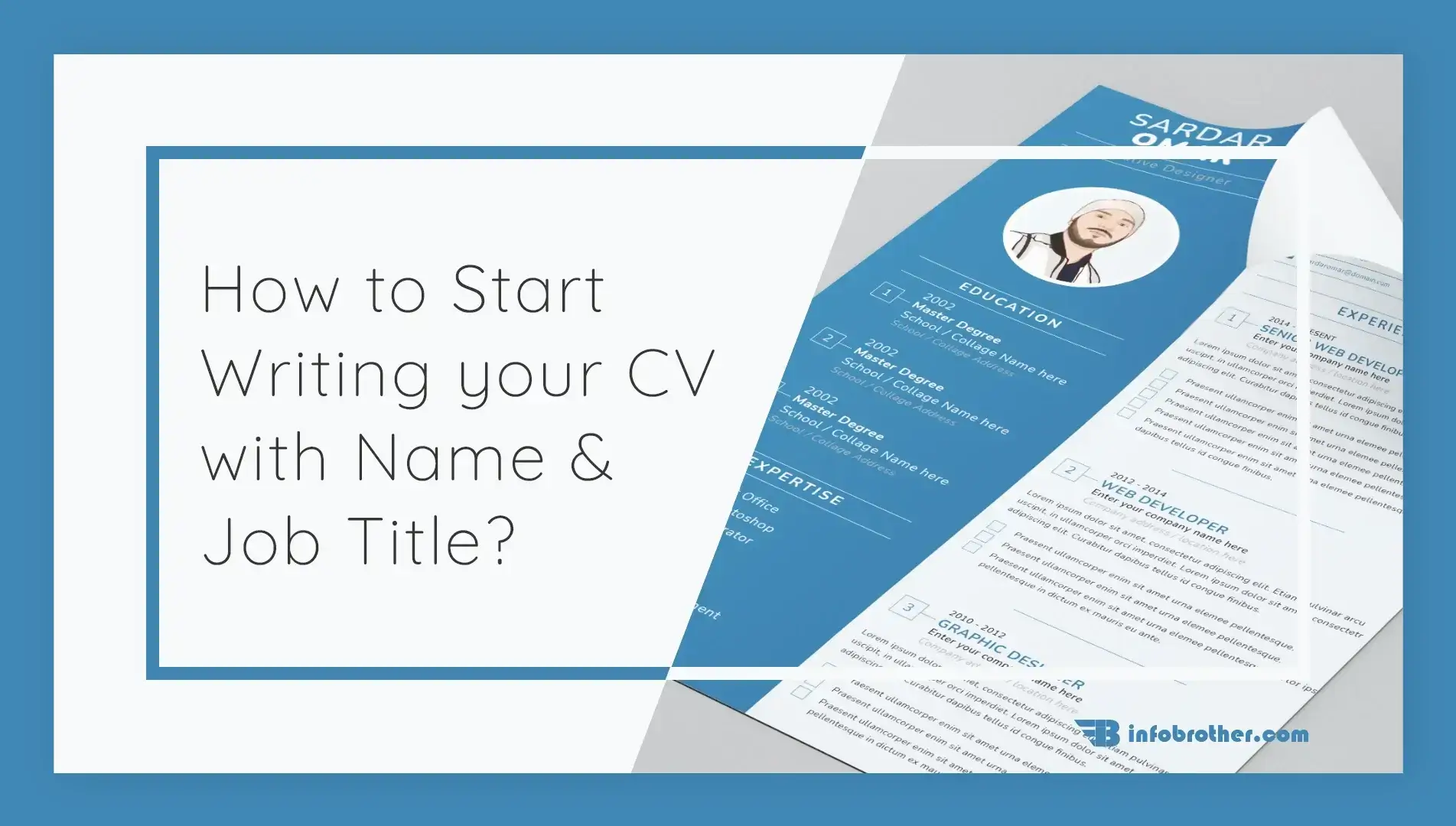
Name and Job Title on a Resume
How to Start with Your Name and Job Title on a Resume
Your name is typically the first piece of information you provide to a new friend when you first meet them. It turns into a kind of greeting, an invitation that invites more discussion and the possibility to establish a new connection. This sometimes doesn't lead very far, but other times it builds a new road that can change your life in significant and unanticipated ways. And a name is where it all begins.
In this article, we'll discuss how to format your name and professional job title in your resume so that you stand out to hiring managers and applicant tracking systems (ATSs)
Want a job-winning
Resume
Flat & Affordable Rates
Over 6,000 professionals have benefited from our expert CV writing service, which has helped them score more interviews and get employed faster.
Contact NowYour name should be very self-explanatory, right? However, perhaps going over some of the best practises is still a good idea. We'll want to use the exact same name that is specified in our academic record in order to keep things easy. Use your real name, not the one you use on social media, like a Ninja Bro. It's best to use your entire name as it appears on your birth certificate.
For Example:
[first name] [last name]: eg. 'Sardar Omar'
Your CV should include both your first and last name. Consider incorporating your middle name or middle initial if you have a pretty common name, such as "John Roger" or "Mahira Khan," to help separate yourself from the others who share their complete name.
It is permissible to use your preferred name on your resume rather than your legal name if you frequently go by that name at work. Some professionals, for instance, still go by their maiden names at work even after getting married and formally changing their last names to those of their spouses. Others might rather use a nickname in place of their first name in order to prevent racial or gender bias while applying for jobs.
Here is an example of a name that can be written in three different ways and yet seem completely professional.
For Example:
S. Schaffer | Sam Schaffer | Samantha Schaffer
However, be consistent with the way you write your name on your CV. Your name should appear consistently across all of your correspondence, including business cards, cover letters, email signatures, blogs, portfolios, and pertinent social media channels.
To make things easier, use your full names followed by professional job titles.
A job title is a formal identification of a position within an organisation, usually accompanied by a job description that outlines the activities and responsibilities that come with it.
When reviewing your CV, the first thing a potential employer will notice is the job title. To create a strong first impression, it is crucial to write a professional job title. Writing the job title is necessary for both applicant tracking systems (ATS) and recruiters. Most businesses scan CVs using ATS technology so they can quickly and accurately discover the ideal employee. And we must ensure that our CV passes this examination.
Pro-Tip:
In a job posting, a corporation is looking for a "Sale Development Representative" with five years of experience. You were employed by a marketing firm as a "customer service agent." Then you could choose to modify your professional title to "Business Development Representative" in order to ensure that you are attractive to the ATS and recruiters.
Follow these instructions to create a professional work title:
- The title must catch the recruiter's eye.
- The title must contain a target keyword for an applicant tracking system (ATS).
- Keep it brief, no more than 4 words.
- Avoid employing jargon; instead, use standard business words.
- Avoid using words like greatest, finest, and so on.
- Refrain from becoming too personal.
To make sure you stand out to recruiters and applicant tracking systems (ATSs), the simplest and most efficient strategy is to match your professional title to the desired position. For instance, if a corporation is looking to hire a "software engineer," you may simply follow their example and utilize this title.
Robert Eric Johnson
Senior Software Engineer
Dr. Robert (Eric) Johnson (Senior Software Engineer).
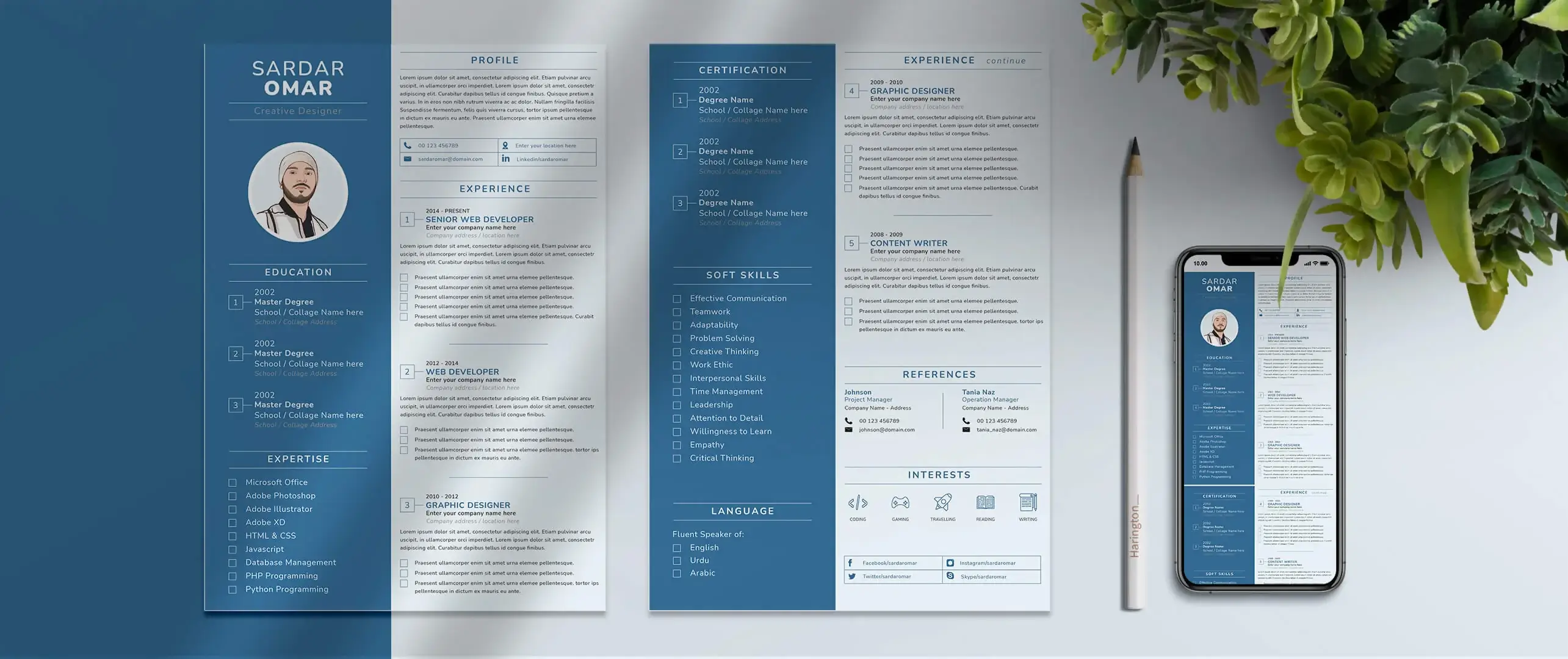
The work experience section is another area where we need to give a professional job title to explain our previous experience. Writing your work title in the experience area, however, may differ from the dedicated job title that appears under your name at the top of the page to indicate your current position.
A job title specifically intended to explain the current position should be shorter and more pertinent. However, the job title used in the work experience section can be expanded upon to more fully define the employment function.
Consider the following examples:
Job Title in Profile Section
Marketing Manager
Job title in Work Experience Section
Marketing Manager with 7+ years of experience in the financial industry
Therefore, we may include a bit more detail regarding our prior job title's role in the experience part. However, we must make sure that any professional titles we provide on our CV hit any relevant keywords that an ATS could be looking for. In a similar vein, if we want human readers to be able to scan our resumes and instantly recognise the pertinent experience and our career advancement based on our titles.
There are a few different approaches to including work titles on a resume, but there are a few things to keep in mind to make the title appear professional. For guidance on how to properly write the job title in our work experience area, refer to the following sample.
Sardar Omar
I am seeking a job in the computer field, software, or marketing.
Sardar Omar
Project Manager with 7+ years experience in the IT Sector
As you can see from the samples above, the first job title is incorrect since the applicant identifies the sectors they would want to work in rather than identifying the precise job title they are looking for. Additionally, having various job types will prevent your resume from being as relevant to the position you are applying for as feasible.
Your job titles play a big part on your CV. If it is written well, it will not only highlight your professional background but also help you stand out from the crowd. Here, we've outlined the three crucial elements to take into account when including job titles on a resume.
The first positions listed on your resume should be the ones that are most relevant to the position you are looking for. Listing your most relevant job titles first will highlight your qualifications for the post, yet you should also consider the relevance of your previous employment.
Following the job title, the description should include a summary of your main responsibilities. These descriptions have to be brief and in the form of bullets. They should assist in tying your job title together and give more clarity about your work.
Employers place more value on higher-level job titles like "manager." It's critical to choose job titles that convey importance. It is vital to demonstrate to recruiting supervisors your capacity for career advancement.
The job titles you provide on your CV can significantly affect how a hiring manager perceives you. Here are the top 05 job title guidelines to keep in mind:
- Job title sections should specify the position you are applying for. Be as brief as you can and place this part right after your name.
- Job titles should be included in both a section designated for them and a section devoted to work experience.
- Be consistent with your formatting! If you begin one entry with the company name, you should begin all subsequent entries with the company name as well.
- The work titles that are included first on your resume should be the ones that are most pertinent to the position for which you are applying.
- The title must contain a target keyword for the applicant tracking system (ATS).

Sardar Omar
I did my hardest to present you with all of the information you need on this subject in a simple and understandable manner. However, if you have any difficulties understanding this concept or have any questions, please do not hesitate to ask. I'll try my best to meet your requirements.
Disclaimer:This material is provided purely for educational purpose and is not intended to provide financial advice.





